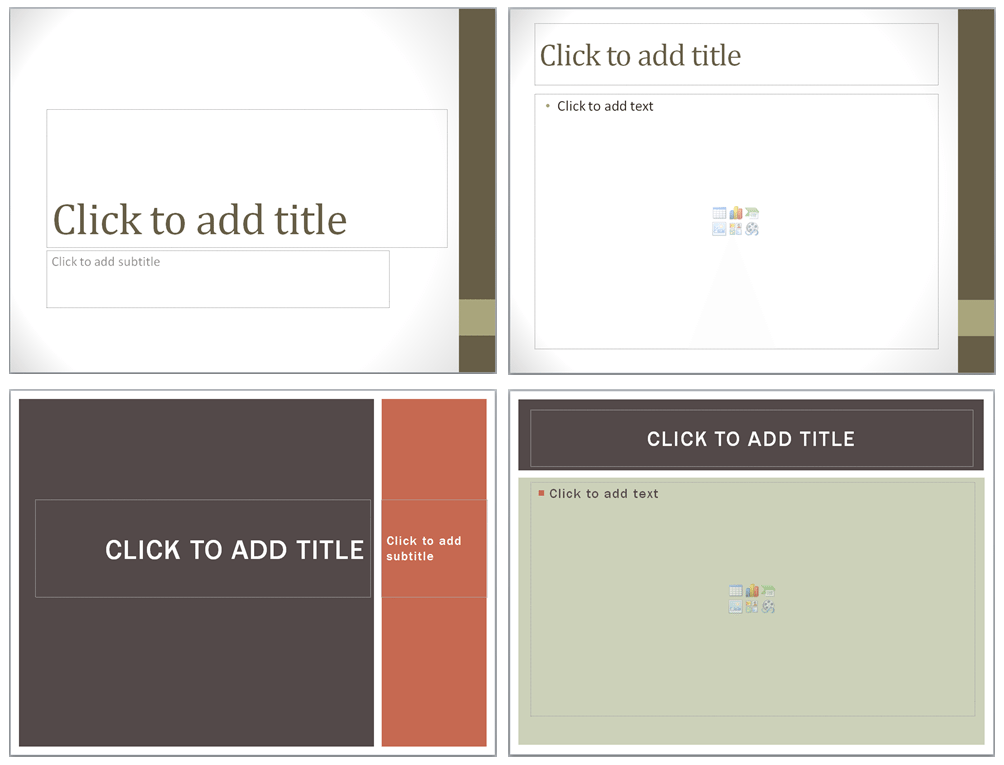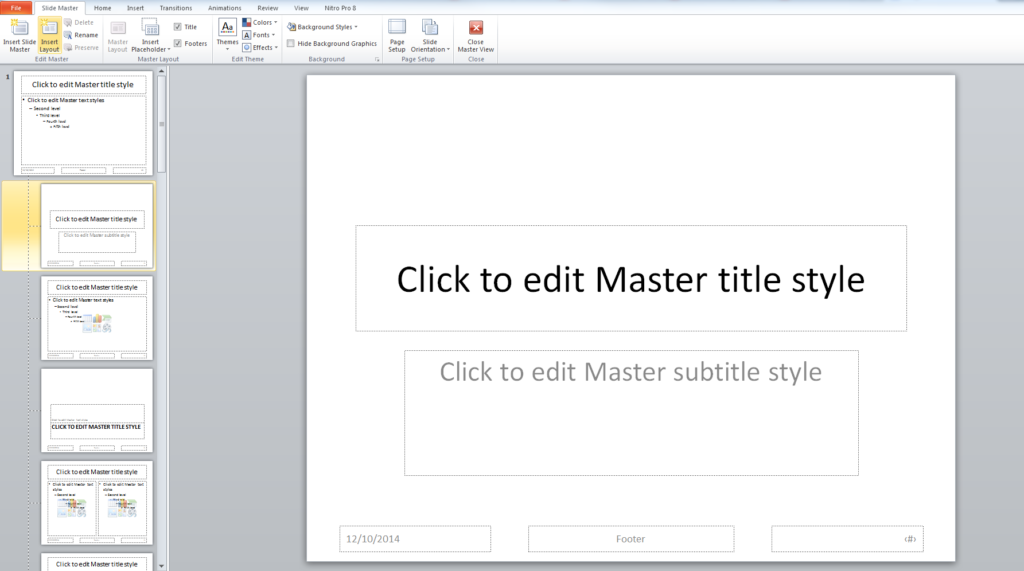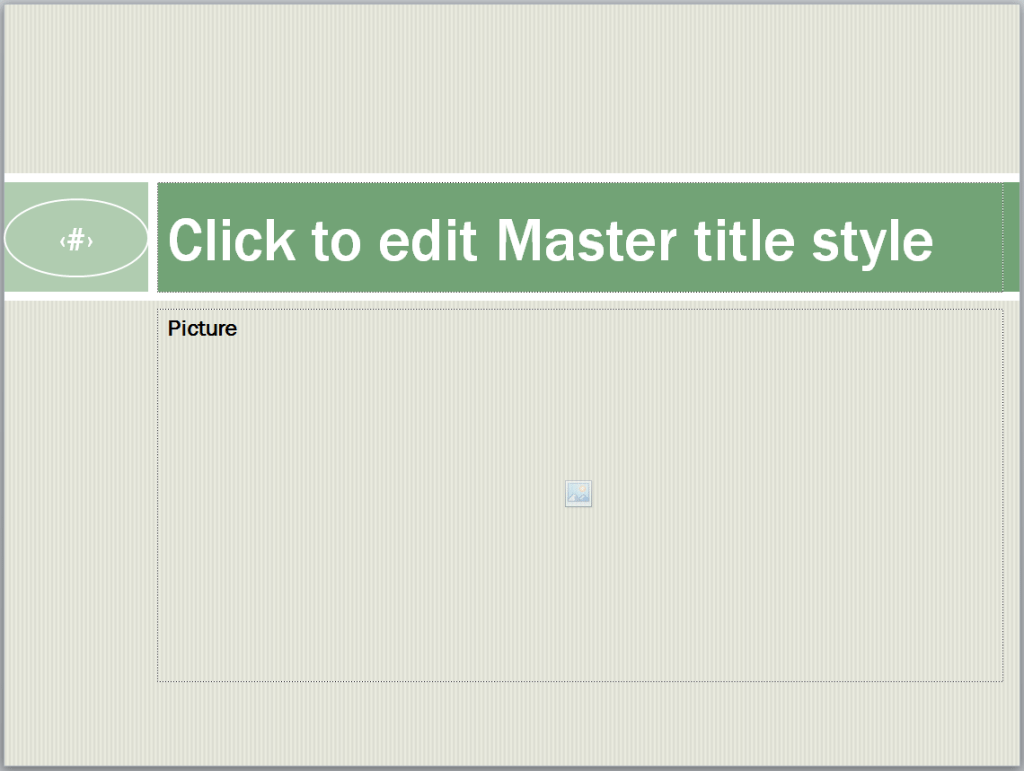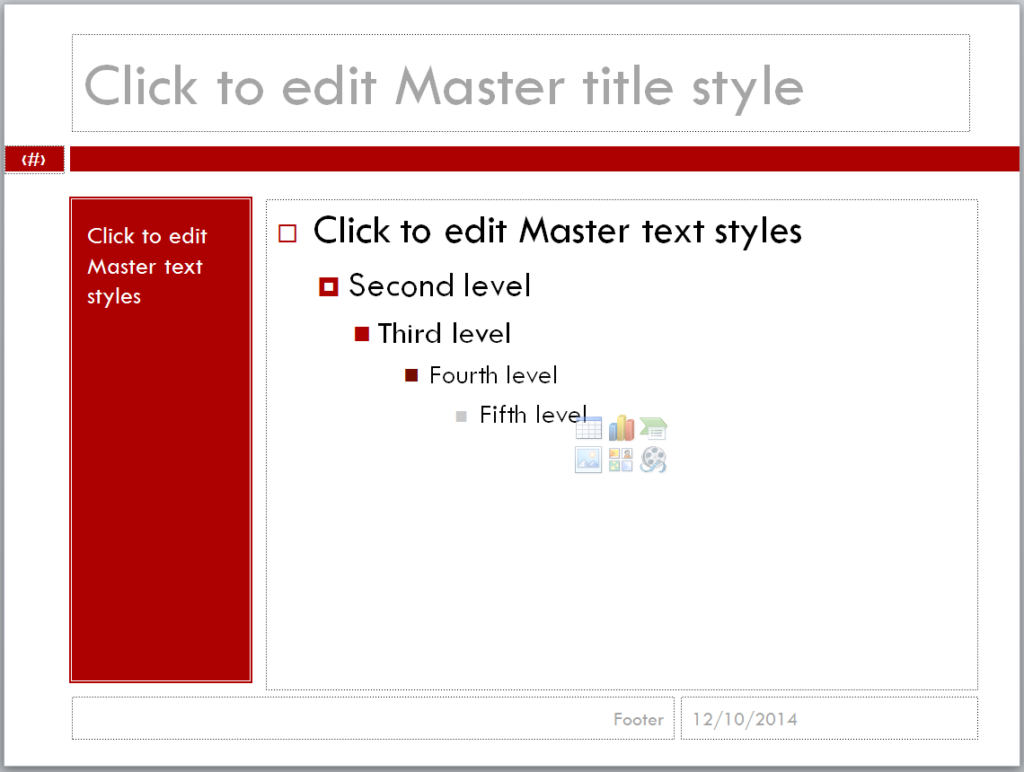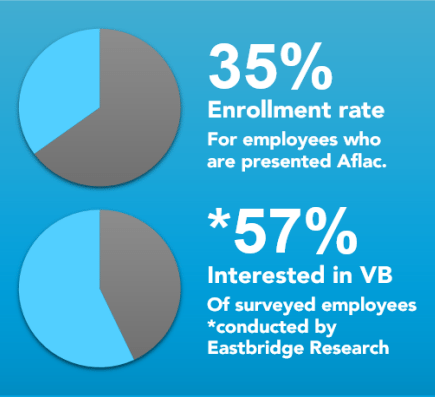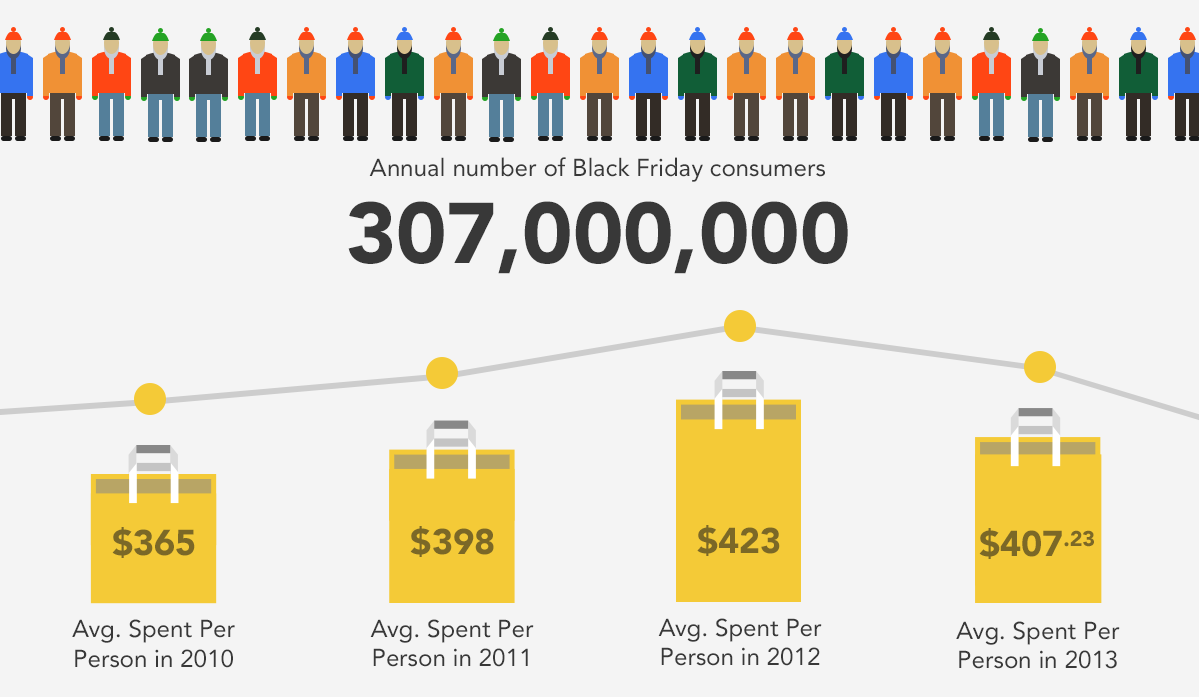Do you still have a pitch deck that needs to be wrapped up before the year ends? Don’t forget to give your pitch deck design a much needed boost. As you know, it’s important to end the year with a bang. The last message you share for 2014 should resonate with the audience. Aside from learning the best way to communicate with them, you have to make sure that your visuals are eye-catching and unforgettable.
Here’s a quick rundown of simple tips and tricks for a pitch deck design boost:
1.) Use bullet points correctly
As we mentioned previously, there’s a time and place for bullet points in your pitch deck design. Most people use bullet points to list down lengthy paragraphs of text when they should only be used to list down key information. In other words, using bullet points should help you present details in a way that’s easy for your audience to digest. You don’t use them to cram a dozen different sentences in a single slide. You use them to create a list of important information that the audience can easily see and discern. There’s nothing wrong with using bullet points, but don’t forget that there’s a right way to utilize them.
2.) Experiment by creating custom templates
If you’re in a hurry to finish your pitch deck, using PowerPoint templates will definitely make the job easier. However, these templates often have a reputation of being boring and repetitive. Luckily, there’s a way you can use them without sacrificing your creativity. As we detailed in this tutorial, you can create custom pitch deck designs by using the Slide Master option. It might take a bit more effort, but it’s worth it to have a template that’s unique to your pitch deck. Tailor fit any template for your specific situation by changing up the look to match your branding.
3.) Create the perfect mood with the right colors
Speaking of branding, picking the right colors is one of the best ways to make sure your business identity is evident in your pitch deck design. The correct color choices will also add more dimension to what you’re delivering. Since colors are often have specific cultural associations, choosing the right color will help you add more meaning to the topic you’re tackling. For example, the color blue and gray is often associated with professionalism. On the other hand, the color purple connotes luxury and exclusivity. If you want to create a palette that matches the mood of your pitch deck, do some quick research on the different cultural associations behind specific colors. You can start here.
4.) Find balance by using well-matched fonts
It’s also important to keep your pitch deck design well-balanced and harmonized. One way you can do that is by making sure you choose fonts that match each other. Even when you have plenty to choose from, make sure that your fonts complement each other. You can opt for a contrasting Serif and Sans Serif pair, but you can also create a unified look by choosing fonts from the same family or typeface. Whatever you decide, just make sure to limit your choice within 2-3 styles. Going overboard will create too much distraction and your pitch deck design will end up looking inorganic. Another important rule to keep in mind is readability. Make sure everything in your slides can be read by the farthest person from the screen.
5.) Highlight your message with the perfect images
Finally, your pitch deck design won’t work if you don’t have images to illustrate your points. This is a tip we’ve repeated so much in the last year because it should never be left unsaid. Your pitch deck design will be far more effective if you let go of lengthy paragraphs and use images to highlight your message instead. The Internet is a great source to find whatever you need. Take the time to browse through all these sites to find something that will help you tell the story of your pitch deck. Visual storytelling is a growing trend in the world of business, so make sure your pitch deck design doesn’t fall behind.
These tips may seem ordinary, but they all bear repeating. You can’t expect to boost your pitch deck design if you don’t start at the basics. Follow these tips and work your way towards more creative and memorable pitch decks.
If you need more help, don’t hesitate to reach out and contact our pitch deck design experts!
Featured Image: Life of Pix




